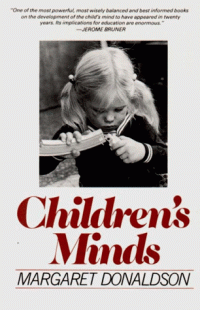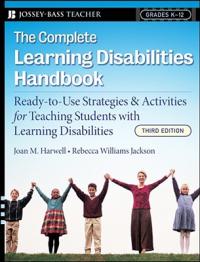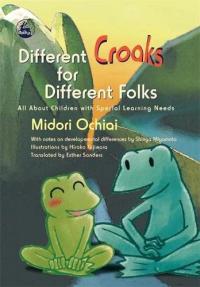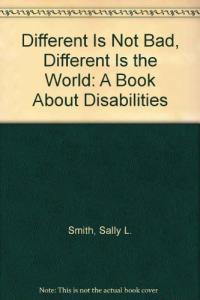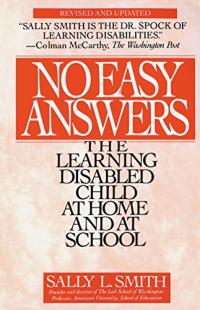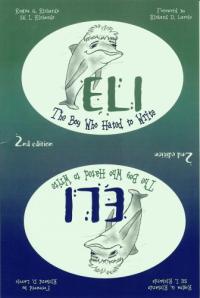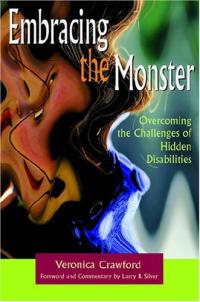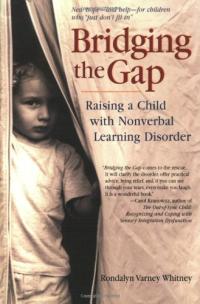
Bridging the Gap: Raising a Child with Nonverbal Learning Disorder
Author Rondalyn Varney Whitney, a pediatric occupational therapist, is the mother of Zac, a child who suffers from nonverbal learning disorder, or NLD. By definition, NLD is a neurological defect in children who are unable to recognize the nonverbal clues that make up 50 percent of communication. In Bridging the Gap, Whitney seamlessly weaves practical professional advice throughout the account of her passionate involvement with her son. She writes, “I believe that NLD, now thought to be as prevalent as dyslexia, is a difference and not a flaw.” She also warns parents and teachers that kids with NLD are likely to be misdiagnosed as lazy or defiant, so she urges readers to consider both the strengths (high intelligence and advanced verbal skills and memory) and weaknesses (low visual, spatial, and motor skills and deficits in social communication) of these kids.
